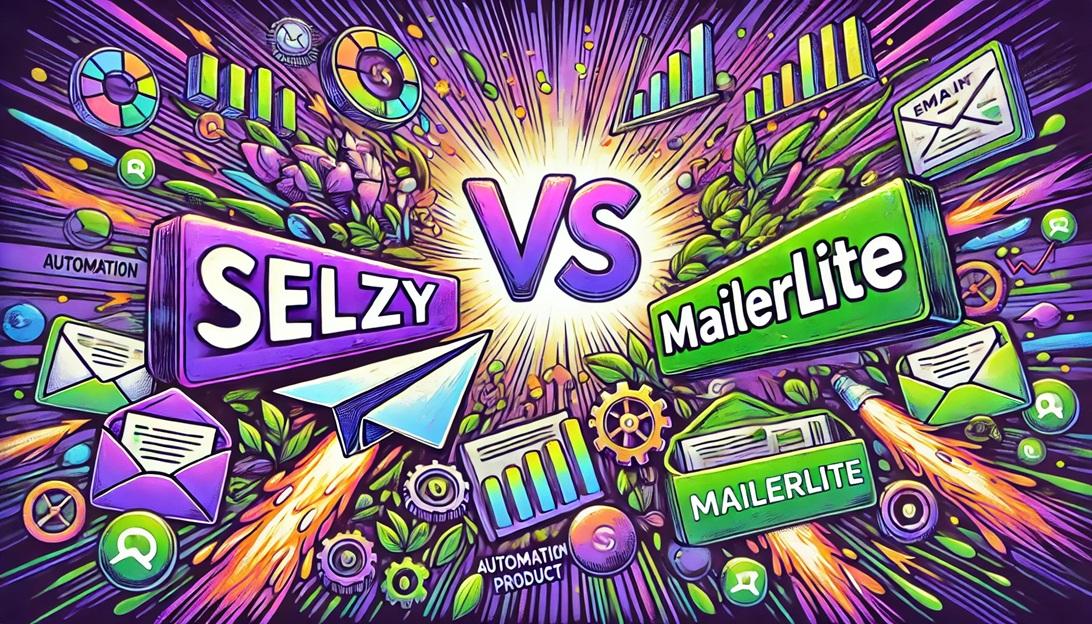Ultimately, the goal of competitive analysis is to help you predict what your competitors will do in the future. In some cases, the most important question is whether a competitor will respond to decisions you make.
For example, will a competitor react if you enter a customer segment that the competitor presently serves? Or, will a competitor react if you decide to change your strategy by emphasizing or de-emphasizing certain key customer benefits, or decide to increase your advertising expenditures? In other cases, you may have some assumptions about actions (even unprovoked actions) your competitor might make in the future.
These questions should be directly applied to each segment that was analyzed during customer analysis (see the How to Segment a Market tutorial). There we found that perhaps to compete successfully in a segment, certain benefits would need to be addressed and communicated. Now ask yourself the question: What will the competitor do in response? The same can be done when considering entry into a new segment. Again, ask yourself: What will the competitor do in response?
These types of questions can be framed in terms of a game, since the actions of the two actors (i.e., you and your competitor) are typically interdependent. Thinking of business strategy in game-like terms has lately become more popular and rigorous. One recent article that deals with this subject is by Brandenburger, Adam and Barry J. Nalebuff (1995), “The Right Game: Use Game Theory to Shape Strategy,” Harvard Business Review (July-August), but the idea of games in competition goes back to far earlier times.
Consider, for example, how a chess player might first think through all the possible reactions of his or her opponent to various chess moves before finally moving a particular chess piece. Likewise, by thinking through all the possible reactions of your competitors to various actions you might take, and vice versa, will greatly improve your ability to make the right decision. Ultimately, the best way to think is backwards (starting with the desired end of the game). In fact, the way game theorists typically solve their problems is with backward induction!
Thinking backwards is very hard, so a good framework for helping you think through these possible reactions, and thus better predict competitive response, is to ask yourself whether the competitor is vulnerable to your action, will it provoke a response, and how effective this response would be, and do you have an effective counter-response? Likewise, are you vulnerable to actions your competitor might make, and do you have effective responses? By systematically asking yourself several questions you enhance your capabilities of predicting competitive response. Let’s ask these questions as follows:
FIRST QUESTION
Is the competitor vulnerable? To answer this question you should look at the strengths and weaknesses of the competition, but pay particular attention to whether the competitor is improving or neglecting certain areas. When thinking about a competitor’s strengths and weaknesses, you might use the value chain as a starting point. Since the value chain represents the different aspects of a competitor, and also its cost drivers, this is a place to look for sources of weakness as well as strengths. And don’t overlook a competitor’s culture or even the CEO, both of which can help or hinder a competitor.
SECOND QUESTION
Will it provoke a response? This typically depends on the objectives of the competitor. People tend to focus on financial objectives, such as market share, growth, and profitability. But often the objectives are non-financial and more diagnostic of the objectives. Such non-financial objectives include does it want to be a leader in technology, or does it aim to be known as the premier service organization? These kinds of objectives can ultimately determine a competitor’s future behavior and what “turf” it is likely to defend.
Finally, regarding a competitor’s objectives, if the competitor is best thought of as a business unit which is part of a larger “parent” organization, the objectives of the parent organization for that business unit should be considered. For example, the Intel Pentium is really a business unit in Intel, and understanding the objectives that Intel has for that business unit is very important. The same would apply for Lexus, which is a business unit of Toyota. Is the business unit of critical importance to the parent, or is it peripheral? Is it expected to supply cash to the parent, or is it seen as a growth area? Answering these types of questions will give you a better picture of your competitor’s objectives.
THIRD QUESTION
How effective will the response be? This depends on a combination of the objectives of the competitor and its strengths. Vigorous responses are likely when competitors have both the strength and the objectives to react.
FOURTH, AND SO ON
Do you have an effective counter-response? Here’s where the game gets really interesting. Let’s assume that your competitors will respond vigorously. Now, what will you do? And if you do take action, what will they do in response. Ok, let’s assume they will act as you say, then what will you do? You get the point. Good competitive thinking involves playing out the game as far as possible and looking for a successful end game. Lacking a winnable end game, good competitive thinking involves starting over and trying out a different sequence of moves (perhaps starting with a different action). This is an iterative process.
Remember, if you can’t find an end game for a given segment where you will be successful, then maybe this is a segment you shouldn’t be in. While this may not be a conclusion you would like, better to find it out in a mind experiment than on the playing field of business.




